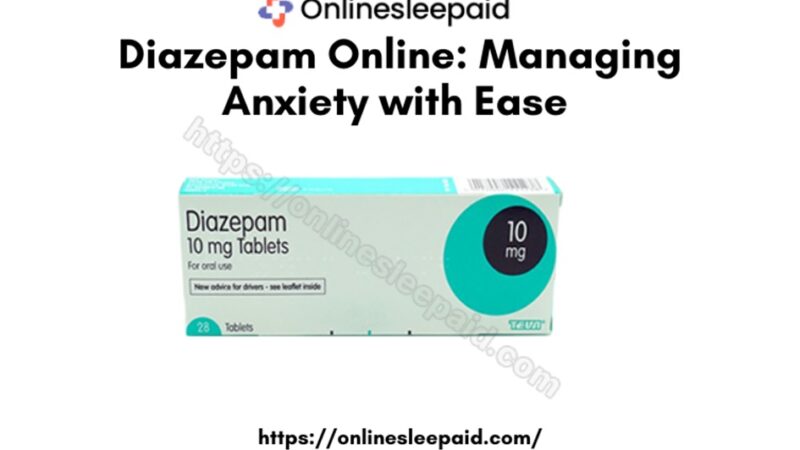Understanding Your Explanation of Benefits Statement

An explanation of benefits (EOB) statement is sent to individuals by their insurance company to provide information pertaining to any insurance claims they have received. The EOB contains a variety of information about the type of treatment a person has had, the doctor they have visited, and the cost of treatment. It is important to read this statement carefully to ensure that you are not paying more than you need to for your treatment. The EOB is designed to make it easier for patients to keep a track of the services they have received, as well as the costs associated with them. It is not a bill, and it does not require any specific action from the patient.
Reading Your EOB
There are a number of different sections contained in the EOB, including:
- Provider Information – This section includes the name of the doctor or facility where treatment was provided.
- Treatment – The service received will be detailed here. You might notice various codes such as CPT codes that describe the treatment or procedures that were provided. You can use online databases such as those at Find-A-Code.com to get more information about what these codes relate to. Your EOB is likely to have an explanation of the codes too.
- Cost – The amount that the insurance company is paying towards a service or procedure will be included. You need to be aware that this may be less than the full cost of the treatment.
- Not Covered – Any procedures or services that are not covered by the insurance company will be noted (if any).
- Copy/Coinsurance – This is the amount that must be paid by the patient for the particular service.
- Deductible – The deductible is the full amount that the patient must pay in a year before the insurance company pays towards treatment.
- Glossary of Terms – The EOB will contain a glossary of any terms and definitions that are included on the statement.
- Instructions for Appeals – Should you disagree with anything on your statement, you will find information on how you can make an appeal.
Why Do You Need an EOB?
Whenever you receive treatment from a healthcare provider, a medical coder will translate the information on your patient file into specific codes. A biller will then submit a claim to the relevant payer for reimbursement. This might be an insurance company or a government agency such as Medicare or Medicaid.
The insurance company will assess the claim to make sure that the healthcare provider is part of their network of providers. This allows them to decide on the level of payment that they will make. Those providers not a part of the network may not be covered or may only be partially covered. The insurance company will also cross-check any treatments or services provided to ensure that these are covered by the specific plan. If they are, they will reimburse either the healthcare provider or the patient according to the coverage level of the plan.
The insurance company sends the EOB to the patient detailing everything that has been paid and any services that were provided but not covered. They are useful for giving patients information about how valuable their health insurance plan is. They can also provide details about any savings that were made and allow individuals to track things such as their annual deductible and what money is left in specific accounts relating to the plan.
To conclude, the EOB is a useful tool that contains a lot of information. Patients should read it carefully to ensure that they are receiving the benefits associated with their healthcare plan.






